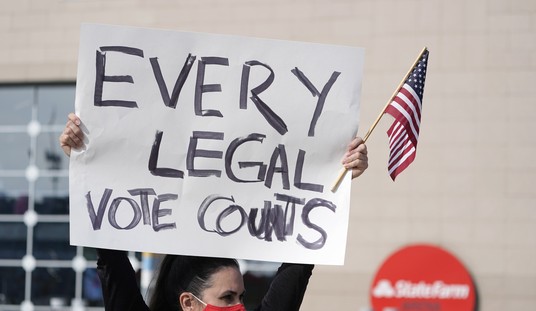Price controls are the failed idea that never dies. Yet they are surging in popularity among Democrat politicians. During her presidential campaign, Kamala Harris floated the idea of passing federal legislation to prosecute grocery stores for so-called "price gouging." And now Zohran Mamdani, frontrunner for mayor of New York City, announced plans to freeze rents in nearly 2 million rent-stabilized apartments. That’s roughly half of the city's rental stock.
As Robert L. Schuettinger documents in Forty Centuries of Wage and Price Controls: How Not to Fight Inflation, attempts to cap prices stretch back thousands of years. The results have been bleak. From the Roman Emperor Diocletian's Edict on Maximum Prices to the French Revolution's Laws of the Maximum, price controls have triggered shortages, black markets, declining product quality, and widespread economic distortions.
Under Richard Nixon, wage and price controls were intended to curb inflation, but instead created supply bottlenecks and long lines at gas stations. Time and again, policymakers have convinced themselves they could suspend the laws of supply and demand by decree. Reality had other plans.
Among all forms of price controls, rent control has arguably caused the most enduring damage. As the Swedish economist Assar Lindbeck observed, "In many cases, rent control appears to be the most efficient technique presently known to destroy a city, except for bombing." By capping rents below market levels, these policies discourage new construction, accelerate the decay of existing buildings, and hurt the very tenants they are supposed to help.
New York City's experience with rent control is a cautionary tale. The city first imposed rent regulations during World War II as an emergency measure. Over time, those controls became a permanent fixture of housing policy. By the 1970s, landlords were abandoning buildings or converting them to co-ops to escape the system. Some owners even resorted to setting their properties on fire because it was more profitable to collect insurance money than to keep rent-controlled units on the market. This is precisely why New York now exempts most new buildings from rent control.
Recommended
The reason price controls consistently fail is that politicians imagine suppliers simply choose prices arbitrarily. But prices are signals reflecting supply and demand. Imposing price controls is like smashing a thermometer during a heat wave. It doesn't change the underlying reality, but it does make it harder for people to adapt and makes the situation worse.
One question voters rightly ask is: Who turned up the heat? Why have prices on everything from groceries to rent increased so dramatically?
Progressives claim that greedy corporations have driven prices up. But inflation stayed in the low single digits from the 1990s to 2020. Then it spiked up between 2021 and 2022. Are we really supposed to believe corporations suddenly became greedier? Of course not. Profit incentives are a constant. Inflation is a change. A constant cannot explain a change.
The real reason prices surged from 2021 to 2022 is that the government printed money at a record pace and Congress injected enormous amounts of fiscal stimulus into the economy. More money chasing the same number of goods and services inevitably leads to higher prices.
As for rents, the main driver is restricted housing supply. Zoning laws in many cities prohibit multi-family housing on most residential land and make it costly and time-consuming to acquire construction permits. Cities in California and on the East Coast with the strictest zoning laws have the highest housing prices. On the other hand, cities like Houston and Austin, with less regulated housing markets, have remained relatively affordable despite increases in demand.
Argentina provides another positive example of what happens when the government gets out of the way. President Javier Milei ended rent control and rolled back housing regulations. As a result, the rental housing supply in Buenos Aires tripled and prices fell by 30 percent.
Many American cities, especially New York, can learn from the example of Houston, Austin, and Argentina. If the goal is more housing and lower rents, the answer isn’t more regulation but less.
Austin O’Connell is a policy associate at Americans for Tax Reform.
























Join the conversation as a VIP Member